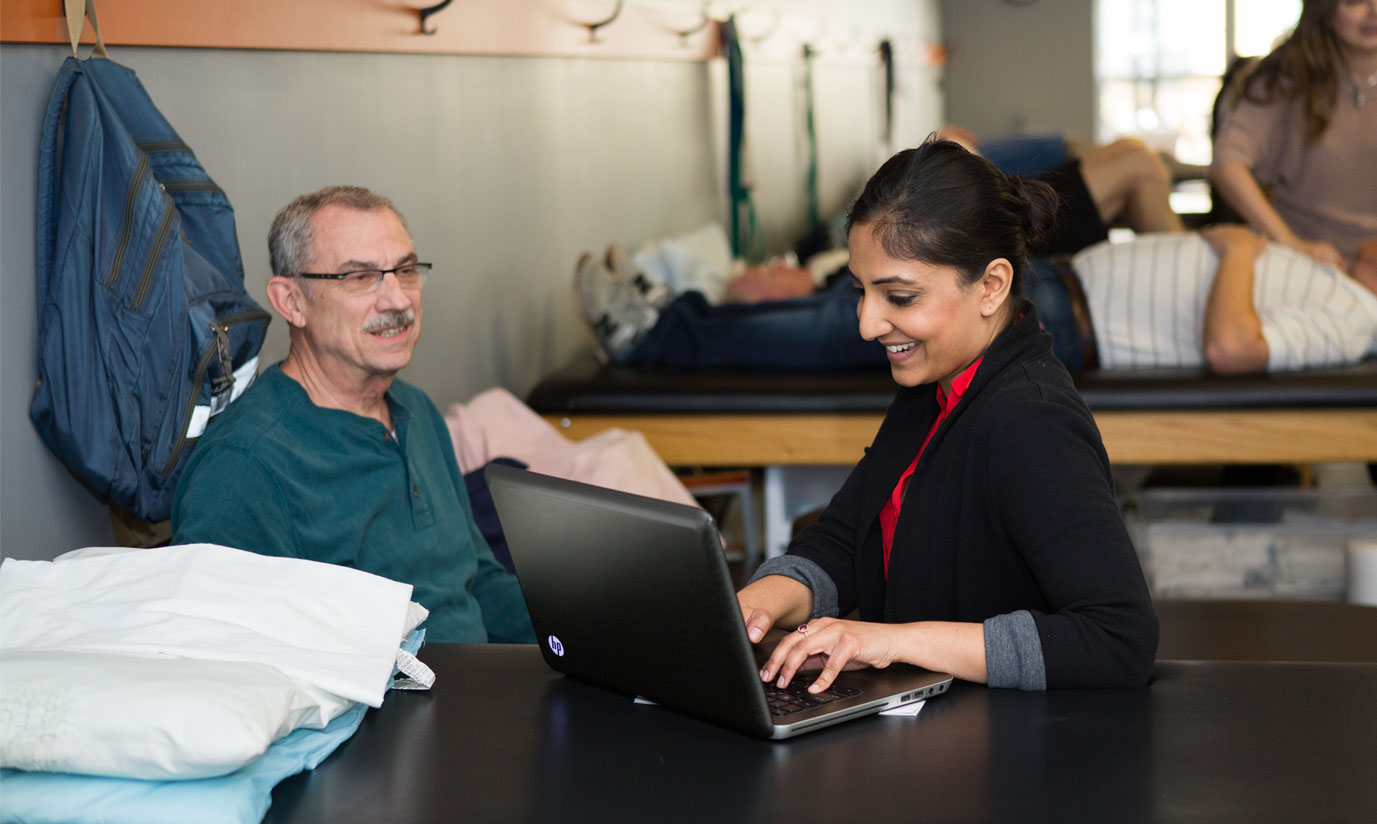
IFOMPT - Microinstability of the Hip Joint - Does It Even Exist?
-
Register
- Non-Member - $49
- PT Member - $25
- PTA Member - $25
- Student - $10
- Post-Professional Student - $25
- Staff - Free!
The hip joint is considered an inherently stable joint due to its bony shape and tight ligamentous structures. Nevertheless, morphological changes (dysplasia, cam / pincer morphology for example), as well as reduced integrity of passive structures (e.g. labral lesions) or lack of motor control are described in the literature to have the potential to lead to microinstabilities (MI).
MI is also discussed as a contributor to the development of hip osteoarthritis over a prolonged period of time, therefore recognition and appropriate management is crucial.
Learning Objectives:
After the webinar the learners will be able to understand the different types of MI.
- Static and dynamic factors of hip stability will be discussed.
- The clinical presentation and diagnostic tests to identify different types of MI will be demonstrated.
- Evidence-informed management strategies will be illustrated based on a patient case example.
Maria Brugner-Seewald
PT
Maria Brugner-Seewald works in her own private practice in Austria. She is an international lecturer for the neuromusculoskeletal management according to the Maitland Concept © since 2007. Her main interests in the past view years are the management of persistent pain and hip joint dysfunctions. Actually, Maria is finalizing a book chapter about hip problems that contributes to a new edition of “Clinical Application of the Maitland Concept of NMSK Physiotherapy.”
Maria is mother of the best twin boys aged 15 you can have and likes to be active outdoors in various ways.
Course Instructions
- Click on the Contents tab to watch the course recording.
- Click Fill Out Survey under the Evaluation listing to provide valuable course feedback. Scroll down on all questions as there may be answer options that expand past the size of the window.
- Click the View/Print Your Certificate button under the Certificate listing. You can view/print your certificate at any time by visiting the APTA Learning Center and clicking the CEU Certificate/Transcript link on the left-hand side of the page.
Need Assistance?
For assistance logging in, accessing activities, claiming credit, or for other questions or concerns, please e-mail learningcenter@apta.org.



